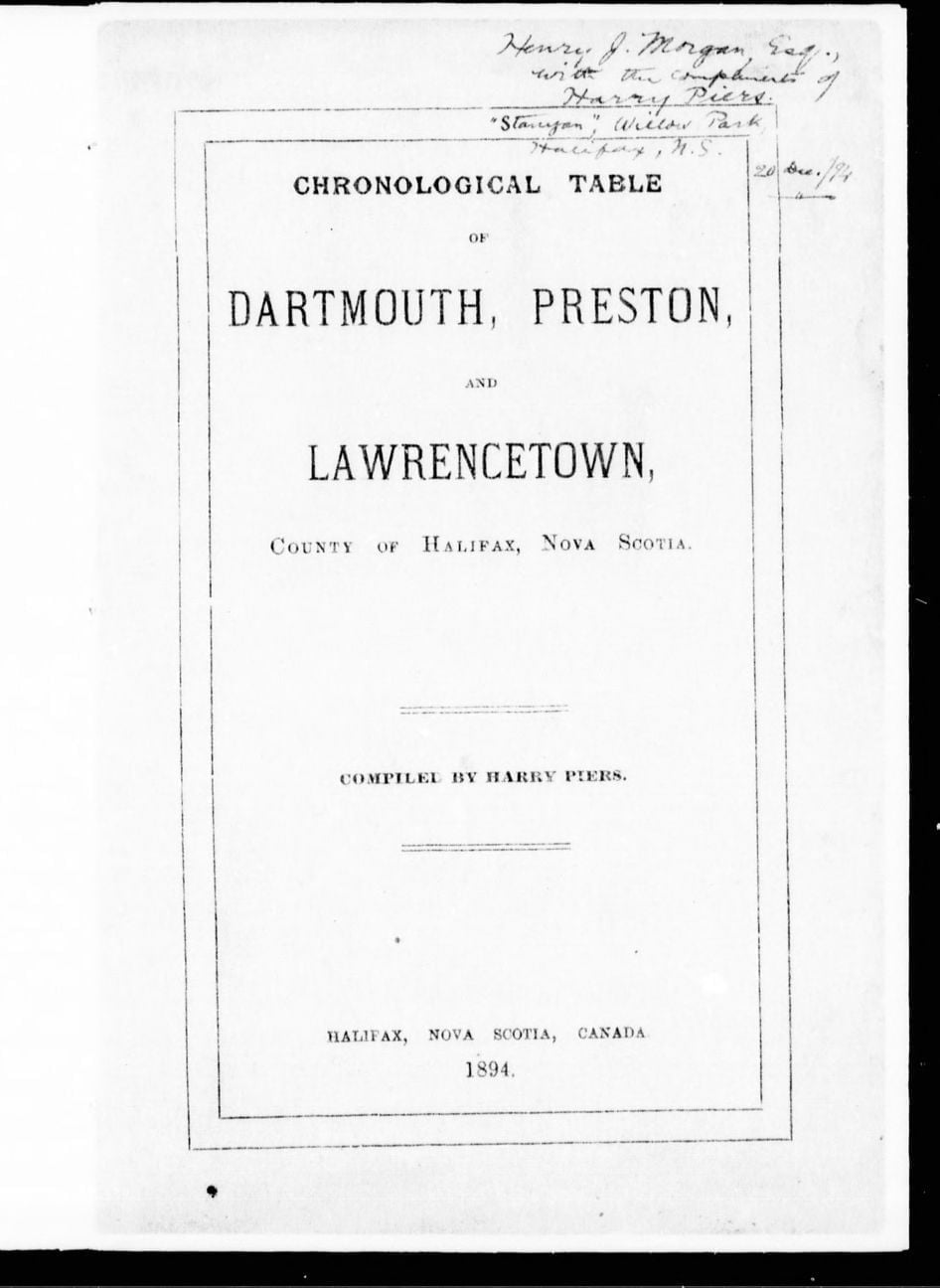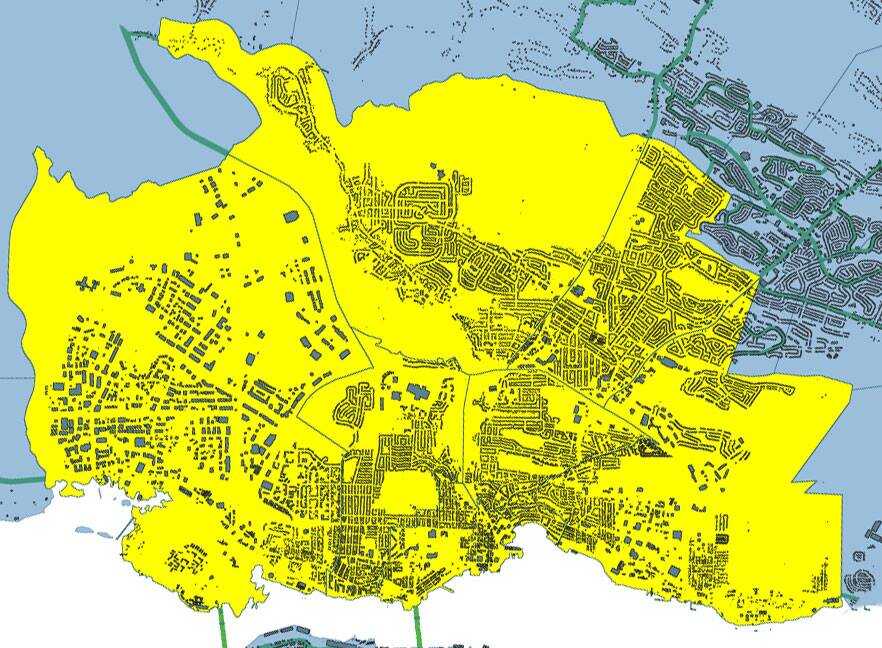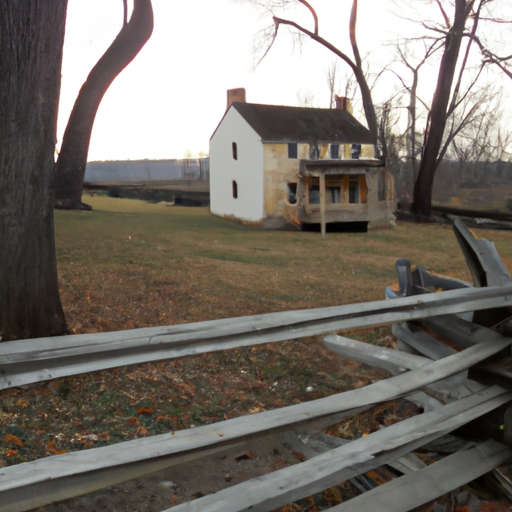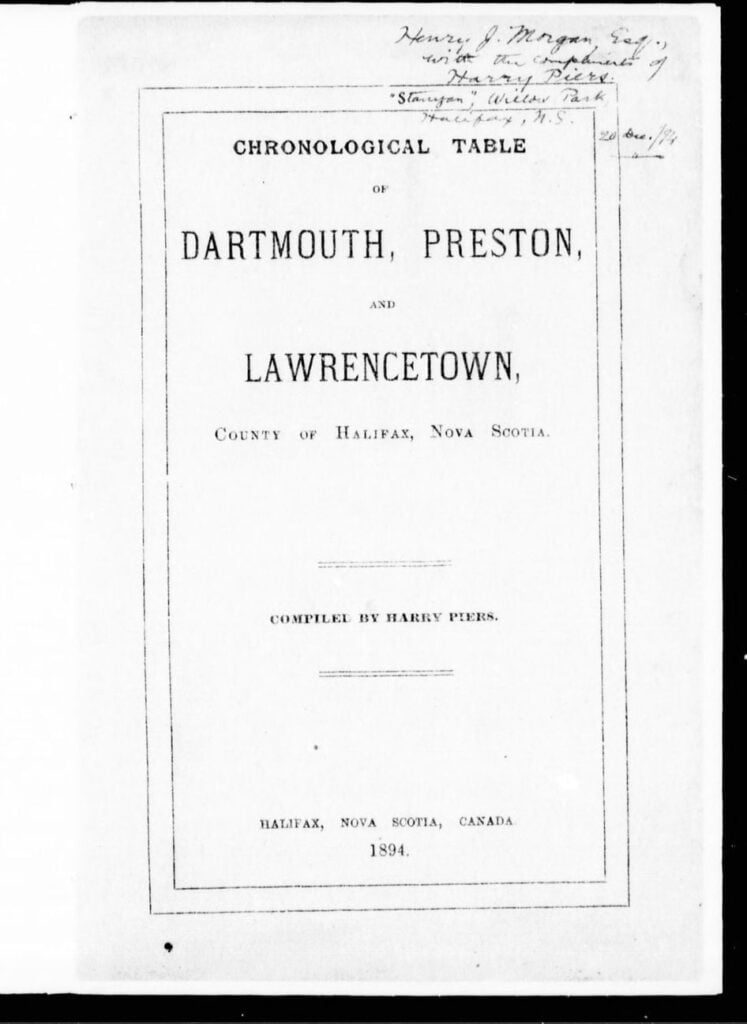
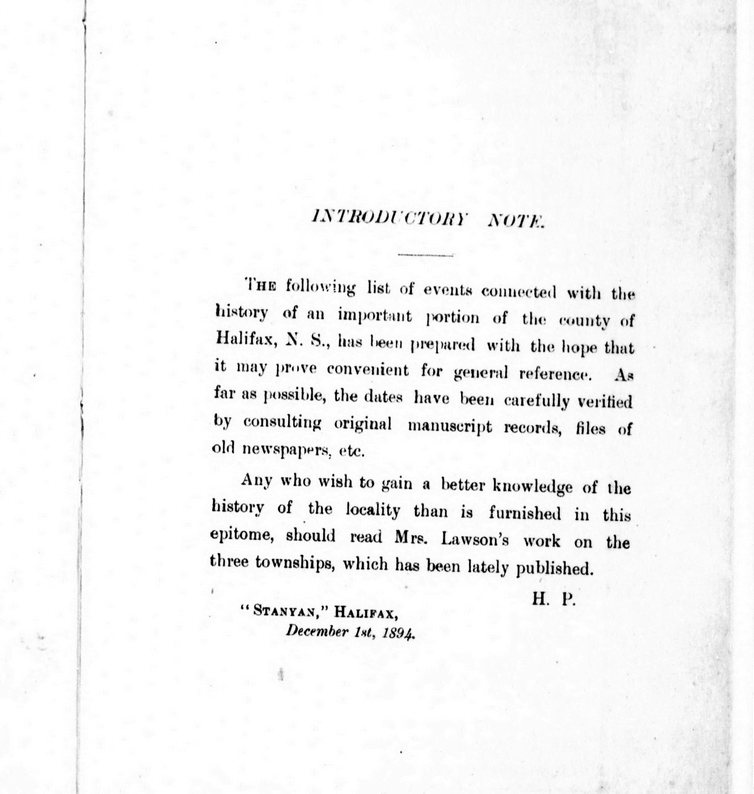
Between 1746 and 1894, Dartmouth’s history unfolds with significant events including the arrival of settlers, establishment of saw-mills, and conflicts with the Mi’kmaq people. Dartmouth saw fluctuations in population, the building of churches and other infrastructure, and incorporation as a town in 1873. Economic activities like shipbuilding, ferry services, and the discovery of gold at Waverley mark periods of prosperity. However, tragedies such as fires, mysterious disappearances, and drowning incidents also punctuate Dartmouth’s timeline.
The town experienced advancements such as the introduction of steamboats, electricity, and the establishment of amenities like bathing houses and public reading rooms. Infrastructure projects like railway construction, water supply, and sewerage systems reflect efforts to modernize Dartmouth. Despite setbacks like bridge collapses and refinery closures, the town continued to evolve and grow, reaching a population of over 6,000 by 1891.
1746-1799
- Duc d’Anville arrived at Chebucto, 10 Sept 1746
- Halifax founded, 21 June 1749
- [Mi’kmaq] attacked 6 men at Maj. Gilman’s saw-mill, Dartmouth Cove, killing 4, 30 Sept 1749
- Saw-mill let to Capt. Wm. Clapham, 1750
- Alderney arrived from Europe with 353 settlers, Aug. 1750
- Town of Dartmouth laid out for the Alderney emigrants, Autumn 1750
- Order issued relative to guard at Dartmouth, 31 Dec. 1750
- Sergeant and 10 or 12 men ordered to mount guard during the nights at the Blockhouse, Dartmouth, 23 Feb. 1751
- [Mi’kmaq] attacked Dartmouth, killing a number of the inhabitants, 13 May, 1751
- German emigrants arrived at Halifax and were employed in picketing the back of Dartmouth, July 1751
- Ferry established between Dartmouth and Halifax, John Connor, ferryman, 3 Feb. 1752
- Mill at Dartmouth sold to Maj. Ezekiel Gilman, June 1752
- Population of Dartmouth 193, or 53 families, July 1752
- Advertisement ordered for the alteration of the style [Introduction of the Gregorian calendar], 31 Aug. 1752
- Permission given Connor to assign ferry to Henry Wynne and William Manthorne, 22 Dec 1752
- Township of Lawrencetown granted to 20 proprietors, 10 June 1754
- Fort Clarence built, 1754
- John Rock appointed ferryman in place of Wynne and Manthorne, 26 Jan. 1756
- Troops withdrawn from Lawrencetown by order dated, 25 Aug, 1757
- Dartmouth contained only 2 families, 9 Jan 1762
- Phillip Westphal (afterwards Admiral), born, 1782
- Preston Township granted to Theophilus Chamberlain and 163 others, chiefly loyalists, 15 Oct, 1784
- Free [black people] arrived at Halifax and afterwards settled at Preston, Apr., 1785
- George Augustus Westphal (afterwards Sir) born, 1785
- Whalers from Nantucket arrived at Halifax, 1785
- Town lots of Dartmouth escheated [See also] in order to grant them to the Nantucket whalers (Quakers), 2 Mar, 1786
- Grant of land at Preston to T. Young and 34 others, 20 Dec. 1787
- Common granted to inhabitants of Dartmouth [District, aka Township], 4 Sept. 1788 [Oct 2, 1758?] [–see also: “For regulating the Dartmouth Common, 1841 c52“]
- First church at Preston consecrated (on “Church Hill”), 1791
- Free [black people] departed for Sierra Leone, 15 Jan, 1792
- Nantucket Whalers left Dartmouth, 1792
- Francis Green built house (afterwards “Maroon Hall”) near Preston, 1792
- Dartmouth, Preston, Lawrencetown and Cole Harbour erected into parish of St. John, Nov. 22, 1792
- M. Danesville, governor of St. Pierre, arrived at Halifax (afterwards lived at “Brook House”), 20 June 1793
- Act passed to build bridge of boats across the Harbour (1796, c7), 1796
- Maroons arrived at Halifax (afterwards settled at Preston), 22 or 23 July, 1796
- Subject of a canal between Minas Basin and Halifax Harbour brought before the legislature, 1797
- Col. W.D. Quarrell returned to Jamaica, Spring 1797
- Capt. A. Howe took charge of Maroons, Ochterloney having been removed, 1797
- John Skerry began running ferry, about 1797
- Howe removed and T. Chamberlain appointed to superintend Maroons, 9 July, 1798
- Heavy storm did much damage, 25 Sept, 1798
- Mary Russell killed by her lover, Thomas Bembridge, at her father’s house, Russell’s Lake, 27 Sept. 1798
- Bembridge executed at Halifax, 18 Oct, 1798
1800-1849
- Maroons left Halifax, Aug 1800
- “Maroon Hall” sold to Samuel Hart, 8 Oct, 1801
- Town of Dartmouth said to have contained only 19 dwellings, 1809
- S. Hart died at “Maroon Hall” (property afterwards sold to John Prescott), 1810
- United States prisoners of war on parole at Dartmouth, Preston, etc. About 1812-1814
- Terrible gale, much damage to shipping 12 Nov 1813
- Gov Danseville left “Brook House”, 1814
- [Black people] arrived from Chesapeake Bay, 1 Sept 1814
- Smallpox appeared in Dartmouth, Preston, etc., Autumn, 1814
- Margaret Floyer died at “Brook House”, 9 Dec 1814
- Act passed to incorporate Halifax Steamboat Co., 1815
- Act passed allowing substitution of team-boats for steamboats by the company just mentioned, 1816
- Team-boat Sherbrooke launched, 30 Sept, 1816
- The team-boat made its first trip, 8 Nov., 1816
- Foundation stone of Christ Church laid, 9 July, 1817
- John Prescott died at “Maroon Hall” (property afterwards sold to Lieut. Katzmann), 1821
- Ninety Chesapeake Bay [black people] sent to Trinidad, 1821
- Dartmouth Fire Engine Co. established, 1822
- Lyle’s and Chapel’s shipyards opened, About 1823
- Act passed to authorize incorporation of a canal company, 1824
- Theophilus Chamberlain died, 20 July, 1824
- Joseph Findlay became lessee of Creighton’s ferry, About 1824
- Shubenacadie Canal Co. incorporated by letters patent, 1 June, 1826
- Ground first broken on canal, at Port Wallace, 25 July, 1826
- Consecration of church at Preston which had been built to replace the one consecrated in 1791, 1828
- Congregation of Church of St. James (Presbyterian) formed, Jan (?), 1829
- St. Peter’s Chapel commenced at Dartmouth, 26 Oct. 1829
- J. Findlay succeeded by Thos. Brewer at Creighton’s Ferry, About 1829-30
- Sir C. Ogle launched (first steamboat on ferry), 1 Jan, 1830
- Sixteen persons drowned by the upsetting of one of the small ferry boats, 14 Aug, 1831
- Ferry steamboat Boxer launched, 1832
- Brewer retired, and Creighton’s or the lower ferry ceased to exist, About 1832-33
- A. Shiels started Ellenvale Carding Mill, July, 1834
- Cholera in Halifax, Aug to Oct 1834
- William Foster built an ice-house near the lakes, 1836
- “Mount Amelia” built by Hon. J.W. Johnston, About, 1840
- Death of Meagher children, Jane Elizabeth, and Margaret, in woods near Preston (bodies found 17 April), April 1842
- Adam Laidlaw began ice-cutting on a large scale, 1843
- Dartmouth Baptist Church organized, 29 Oct, 1843
- Death of Lieut. C. C. Katzmann at “Maroon Hall”, 15 Dec, 1843
- Ferry steamboat Micmac build, 1844
- Dartmouth Baptist meeting-house opened, Sept, 1844
- Cole Harbour Dyke Co. incorporated, 28 Mar., 1845
- Incorporation of Richmond Bridge Co. (J.E. Starr, A.W. Godfrey, etc.) for purpose of erecting bridge of boards across Harbour, 14 April, 1845
- Mechanics’ Institute building erected, 1845
- Col. G. F. Thompson’s wife, said to have been a cousin of the Empress Eugenie, died under suspicious circumstances at “Lake Loon”, 20 Sept., 1846
- First regatta on Dartmouth Lake, 5 Oct, 1846
- Dr. MacDonald mysteriously disappeared, 30 Nov, 1846
- Mechanic’s Institute building opened, 7 Dec, 1846
- Second church at Preston (in the “Long swamp”) destroyed by fire, June (?), 1849
1850-1894
- Third C. of E. church built at Preston, near Salmon River, About 1850-1851
- Subenacadie Canal sold to government of N.S. (McNab, trustee), 1851-52
- Inland Navigation Co. incorporated, 4 April, 1853
- Methodist Church dedicated at Dartmouth, 1853
- Canal purchased by Inland Navigation Co., 10 June, 1854
- Mount Hope Insane Asylum cornerstone laid, 9 June, 1856
- “Maroon Hall” burnt, June, 1856
- Dartmouth Rifles and Engineers organized, Spring 1860
- Checbucto Marine Railway Co. formed by A. Pillsbury, 1860
- Gold discovered at Waverley, 1861
- Lake and River Navigation Co. purchased Canal, 18 June, 1862
- Dartmouth Rifles disbanded, 1 July, 1864
- Dartmouth Axe and Ladder Co,. formed, 1865
- Dartmouth Ropewalk began manufacturing, Spring, 1869
- Ferry steamboat Chebucto built, About 1869
- Prince Arthur’s Park Co. incorporated, 1870
- New St. James’s Church (Presbyterian) built, 1870
- Lewis P. Fairbanks purchased the canal from the Lake and River Navigation Co., Feb, 1870
- Population of town of Dartmouth, 3,786, 1871
- Dartmouth incorporated, 30 April, 1873
- Union Protection Co. organized, 1876
- Andrew Shiels, “Albyn”, died, 5 Nov, 1879
- New Baptist Church opened, 4 Jan, 1880
- Sandy Cove bathing houses opened at Dartmouth, 7 Aug, 1880
- Foundation-stone of Woodside Refinery laid, 3 July, 1883
- Railway to Dartmouth commenced, 1885
- Railway opened for business, 6 Jan, 1886
- Halifax and Dartmouth Steam Ferry Co. formed, in place of old company, 1886
- Woodside Refinery closed, Dec, 1886
- Ferry steamboat Dartmouth built, 1888
- Public Reading-Room opened, 1 Jan, 1889
- Dartmouth Ferry Commission formed, 17 April, 1890
- Ferry Co. sells its property to the commission, 1 July, 1890
- Several persons drowned on the arrival of the ferry-boat Annex 2 (Halifax), 11 July, 1890
- New St. Peter’s Chapel begun, Autumn, 1890
- Act passed to provide for supplying Dartmouth with water and sewerage, 19 May, 1891
- Narrows railway bridge carried away, 7 Sept., 1891
- Trenching and laying the main water pipe begun, 3 Oct., 1891
- Woodside Refinery again opened, 1891
- Population of town of Dartmouth, 6,252, 1891
- St. Peter’s chapel opened, 7 Feb., 1892
- Dartmouth first lighted by electricity, 13 July, 1892
- Water turned on the town from Topsail and Lamont’s Lakes, 2 Nov, 1892
- Narrows bridge destroyed for second time, 23 July, 1893
- Woodside Refinery transferred to Acadia Sugar Refining Co., Aug, 1893
- New Post Office opened, 1 May, 1894
Piers, Harry, 1870-1940. Chronological Table of Dartmouth, Preston, And Lawrencetown, County of Halifax, Nova Scotia. Halifax, N.S.: [s.n.], 1894. https://www.canadiana.ca/view/oocihm.12013/12?r=0&s=1, https://hdl.handle.net/2027/aeu.ark:/13960/t8pc3fx9z

